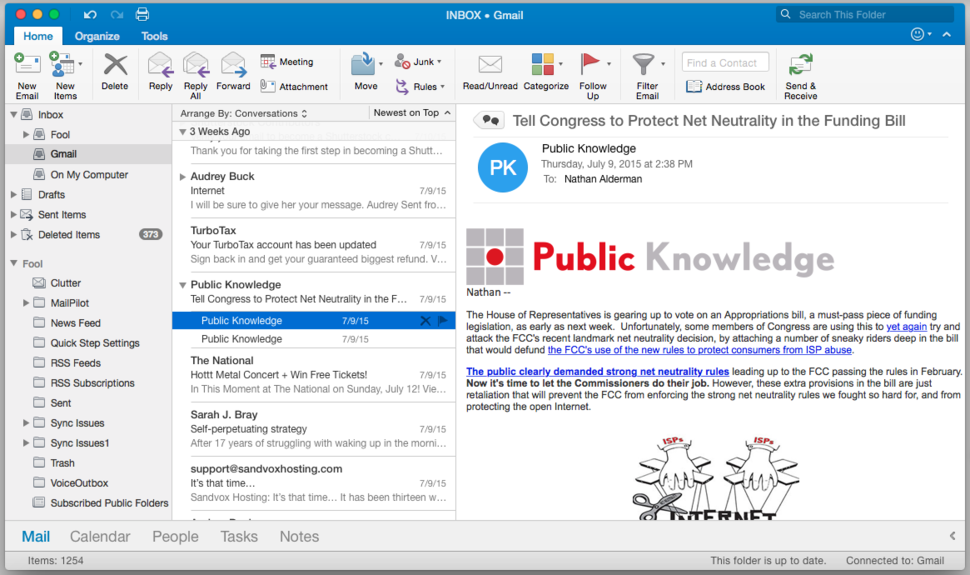
Preserving Emails In Outlook 2016 For Mac When Closing An Email Account
You may not save any email messages outside the Exchange server if they contain data classified as, including protected health information (), or move them outside of your official IU email account. Transfer the messages to another email account When transferring messages between email accounts, recommends using an email client (such as Outlook), because you can add multiple email accounts to one profile, and then easily transfer messages from one mailbox to another.
With another IMAP email account the problem increases and after another IMAP account The SWoD is back again. The only solutions is to work only with Tried Outlook for Mac 2016 because I wanted Evernote integration, but every time I open an email in another window I get the spinning wheel.
• from the Exchange account to the other email account. Configure an email client to access Exchange account Follow the appropriate instructions for adding your Exchange mailbox. While other email clients can work for transferring messages, UITS strongly recommends using Outlook for best results, as other clients sometimes encounter transfer issues. • Microsoft Outlook: • Mac OS X Mail: • Thunderbird: Add the destination email account to your email client To add a non-IU email account (e.g., Gmail, Hotmail, or Yahoo) to your client, follow the configuration instructions supplied by the account provider for the client you're using. Transfer messages After adding both email accounts to your client, you can transfer messages by dragging them from your Exchange account and dropping them in the additional account. When transferring messages, keep the following in mind: • UITS recommends using a wired connection to the internet instead of a wireless connection.
Wired connections are more stable and have less data loss. • You might occasionally see the Windows hourglass or the Mac spinning beach ball signifying that your computer's memory is being taxed, or a variety of failure and 'not responding' messages. These messages will usually disappear if you allow the process to continue to run. • Check all folders and subfolders, including your Sent folder, for messages you want to keep. • UITS highly recommends right-click dragging and dropping the messages, and selecting Copy (not Move), so that if there are any issues with the transfer, the messages will not be removed from Exchange, and the transfer can be reattempted. Save your email messages on your computer You may choose to configure your mail account within a graphical client such as Outlook, and use it to archive your email into personal folders, which are stored locally on your computer's hard drive. In this case, your mail will be saved as a single file on your computer, yet will still be displayed in Outlook properly.
The mail client and configuration method you choose will depend on what operating system you use and what kind of mail account you have. Mail clients besides Outlook have more limited support for archiving. For instructions for saving email messages on your computer using Outlook, see from Microsoft Support. If you use IU Exchange and want to configure Outlook to read your mail, follow either of the instructions below: • •. Redirect or forward your messages Redirecting your email will deliver a copy of it to the specified email address, while keeping the original sender/recipients intact. The disadvantage of this method is that every message must be redirected individually.
Can redirect only if an appropriate rule is configured ahead of time; graphical clients such as Outlook can resend messages but cannot redirect them. Forwarding your email will send it to the specified address, and it will appear to originate from your IU account.
This is not the ideal solution if it is important that the original sender be kept in the 'From:' field. One advantage is that you can forward multiple messages at once, although they will be forwarded as a single email with multiple attachments.
The Outlook is the one of the world’s best webmail service for business. It is a web-based suite of webmail, contacts, task, and calendaring services from Microsoft. First, you need to configure your Outlook account on the desktop. From Microsoft services, Microsoft Outlook calendar is very useful when you want to organize your schedule.